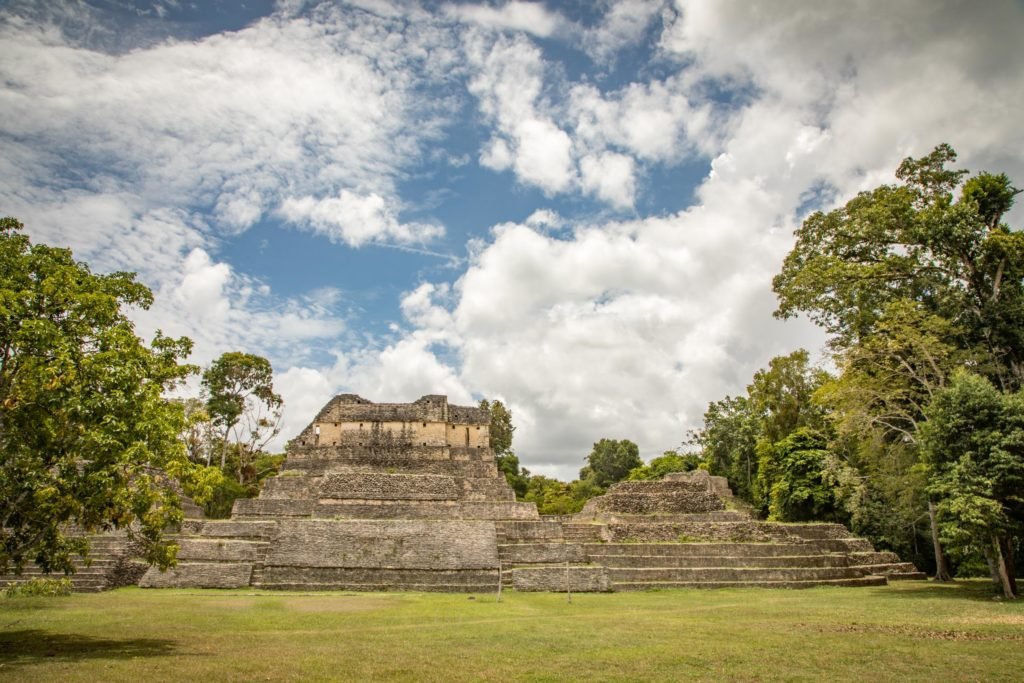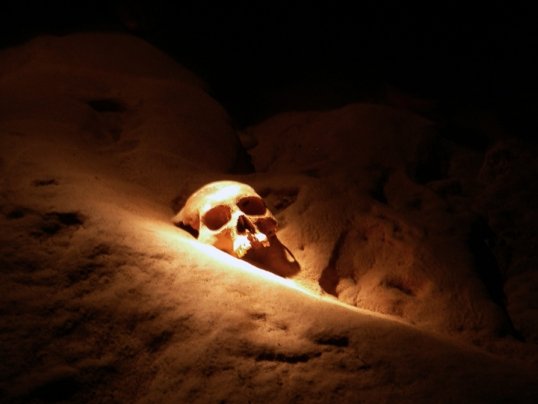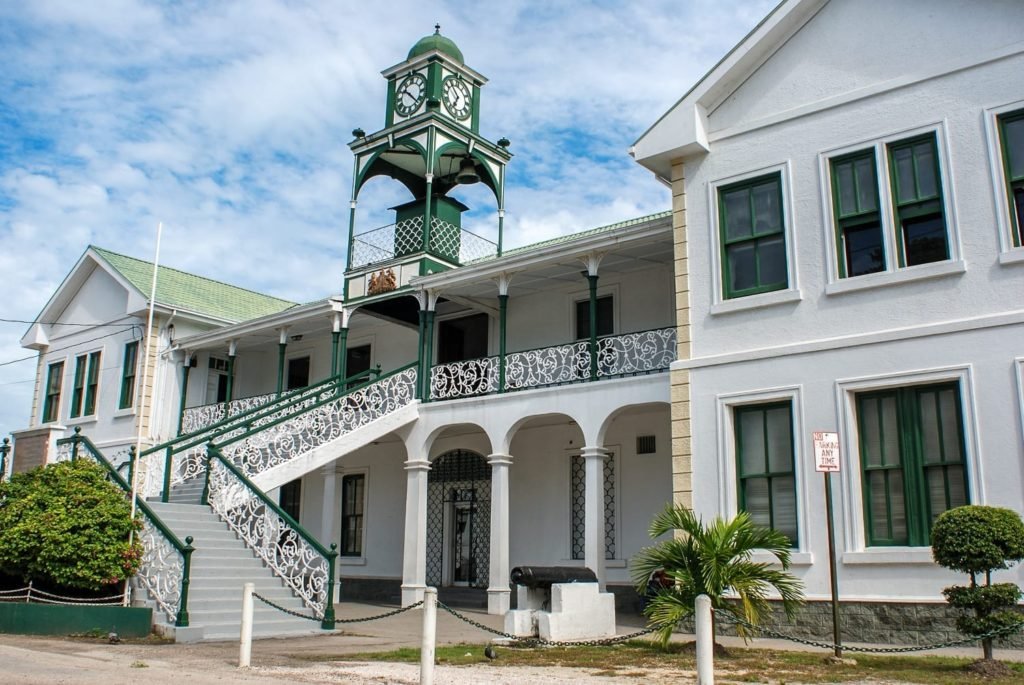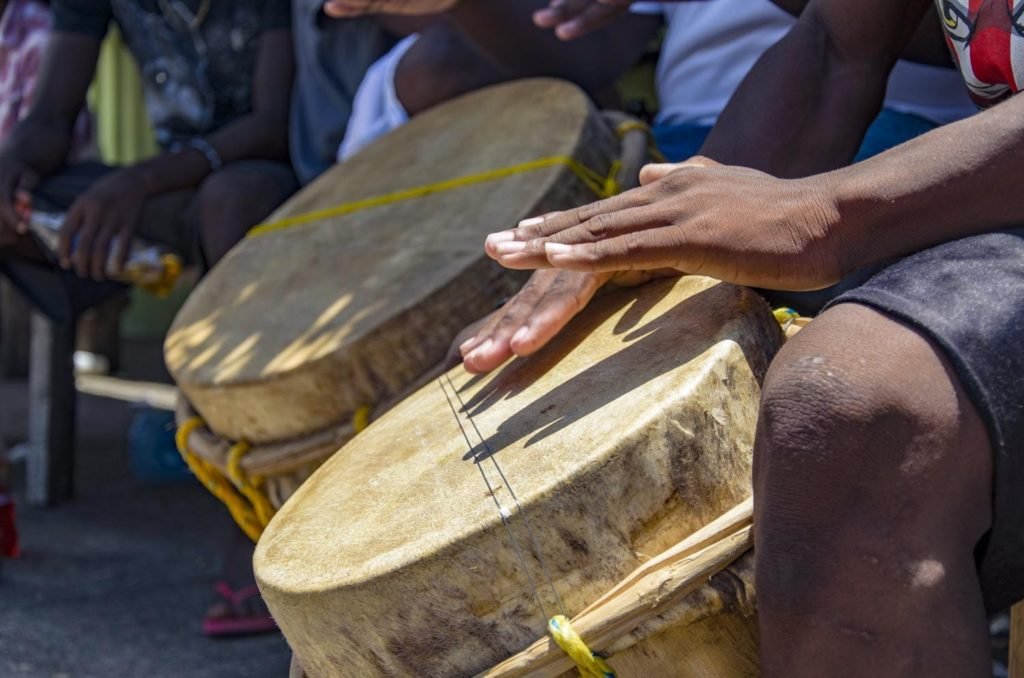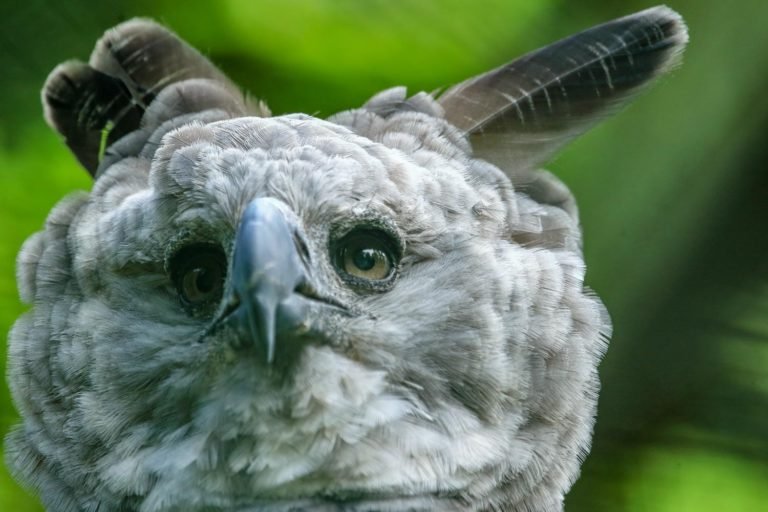Belize's Mainland National Parks
Belize’s mainland is home to a remarkable diversity of protected areas—cloud forests, pine savannas, wetlands, limestone caves, and river valleys—each offering a unique glimpse into the country’s ecological richness. These national parks and wildlife sanctuaries shelter elusive wildlife such as jaguars and tapirs, host thousands of bird species, and preserve Maya ceremonial sites hidden deep in forested interiors. Whether hiking, birdwatching, swimming in cenotes, or floating through cave systems, guests can experience the untamed beauty of Belize with knowledgeable local guides.
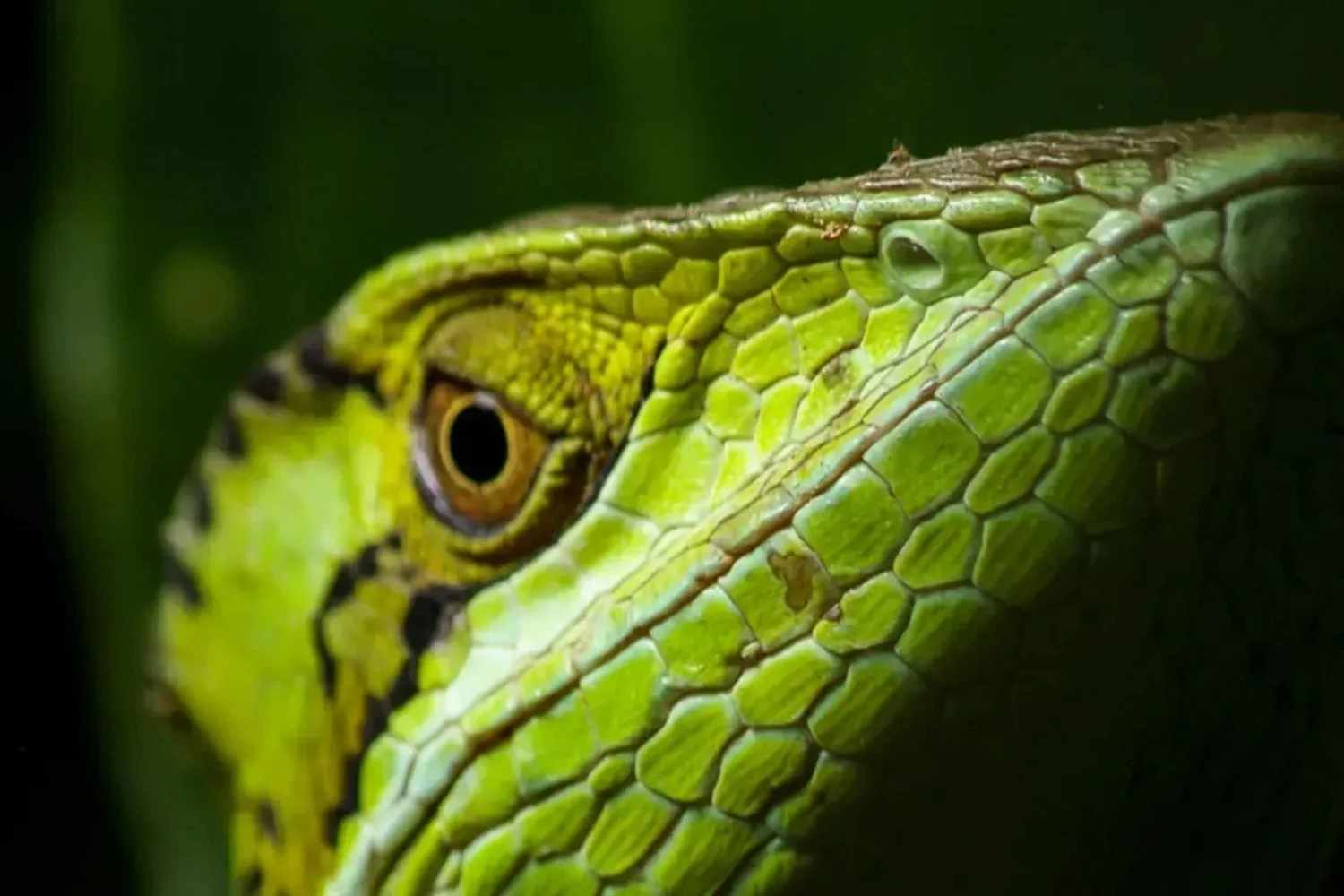
Belize's National Parks
From rainforest trails to limestone caverns, Belize’s mainland parks offer a wide range of activities for nature lovers, families, and adventure seekers:
Cockscomb Basin Wildlife Sanctuary: Located south of the Cockscomb Range, this 128,000-acre sanctuary is the world’s first jaguar preserve. Guests can hike the tropical trail system in search of howler monkeys, toucans, and tapirs—often with the help of a naturalist guide
Crooked Tree Wildlife Sanctuary: Just 33 miles northwest of Belize City, this 16,400-acre wetland and forest habitat is ideal for birdwatching. Spot Jabiru storks, Northern jacanas, Morelet’s crocodile, and Black howler monkeys from a boat or on foot. Nearby, Community Baboon Sanctuary is home to another population of Black howler monkeys, known locally as baboons.
Rio Bravo Conservation Area: A top destination for birders and wildlife enthusiasts, this 260,000-acre reserve supports jaguars, ocelots, and over 400 bird species. Located 33 miles west of Belize City, it borders another 250,000-acre private reserve
Guanacaste National Park: Two miles from Belmopan, this broadleaf forest is home to jaguarundi, agouti, kinkajous, and more than 100 bird species. It’s a compact but rewarding destination for naturalists. This is a transitional habitat between the highlands and the coastal zone
Mountain Pine Ridge Forest Reserve: South of San Ignacio, this nearly 300-square-mile protected area of pine forest, rivers, and waterfalls offers horseback rides, birdwatching, and visits to waterfalls and caves. Popular sites include Rio On Pools, Thousand Foot Falls, Rio Frio Cave, and Butterfly Falls
St. Herman’s Blue Hole National Park: Located 12 miles southeast of Belmopan, this park encircles 575 acres of forest habitat. The principal attraction here is the Blue Hole, a collapsed limestone cave (cenote) filled with turquoise water. Visitors can cool off with a swim between hikes through the surrounding forest. The park is also the site of St. Herman’s Cave, a 0.8-mile-long cavern, known for its delicate speleothems. Nearby Crystal Cave (Mountain Cow Cave) is known for shimmering formations and Maya artifacts
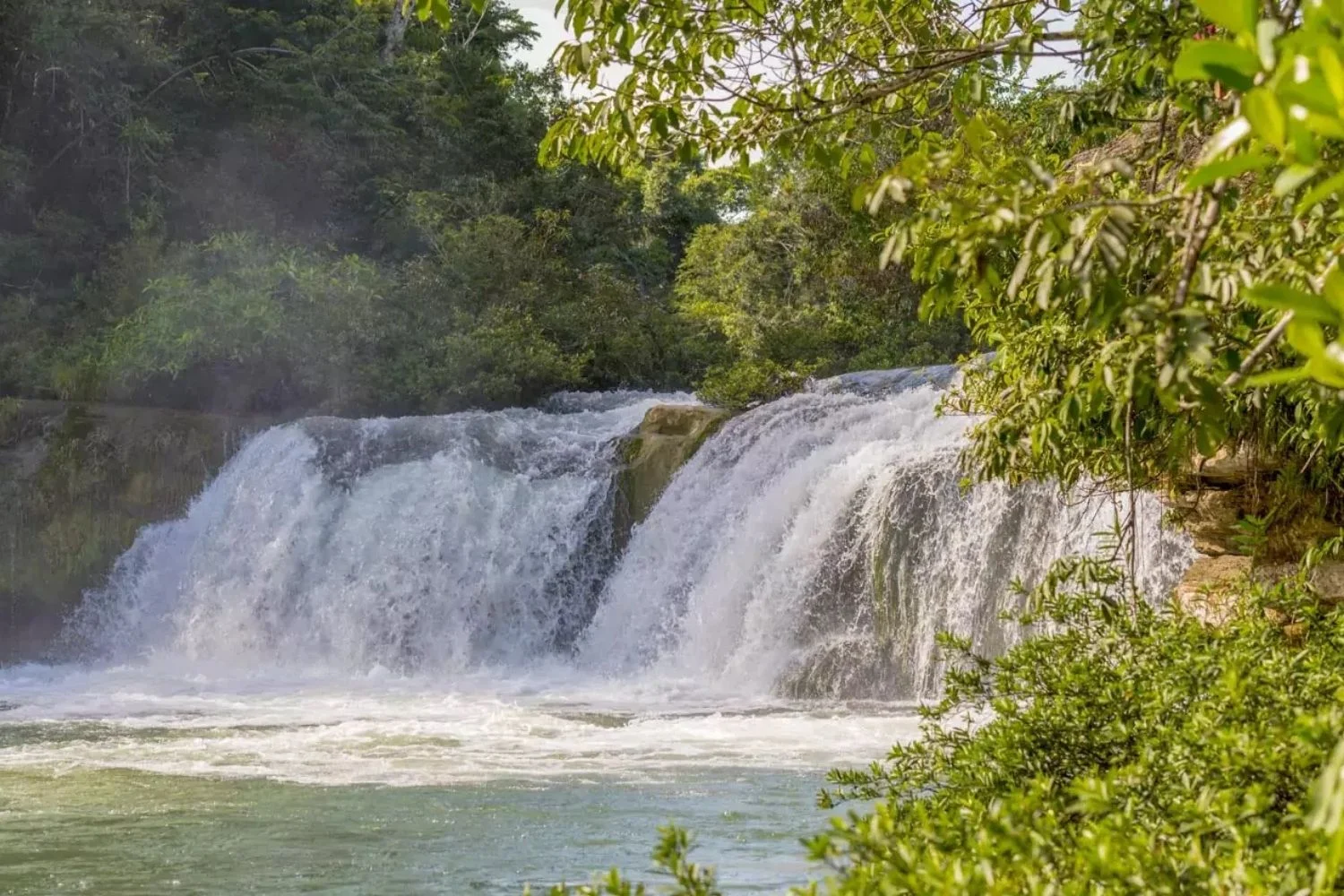
What is the Weather Like?
Weather conditions vary by region and elevation, but most mainland parks experience warm days (75°F to 90°F) and cooler nights. Rainfall is most common from June to November, especially in forested and mountainous areas.
These averages are changing, please check extended weather forecasts using your favorite weather app prior to departure.
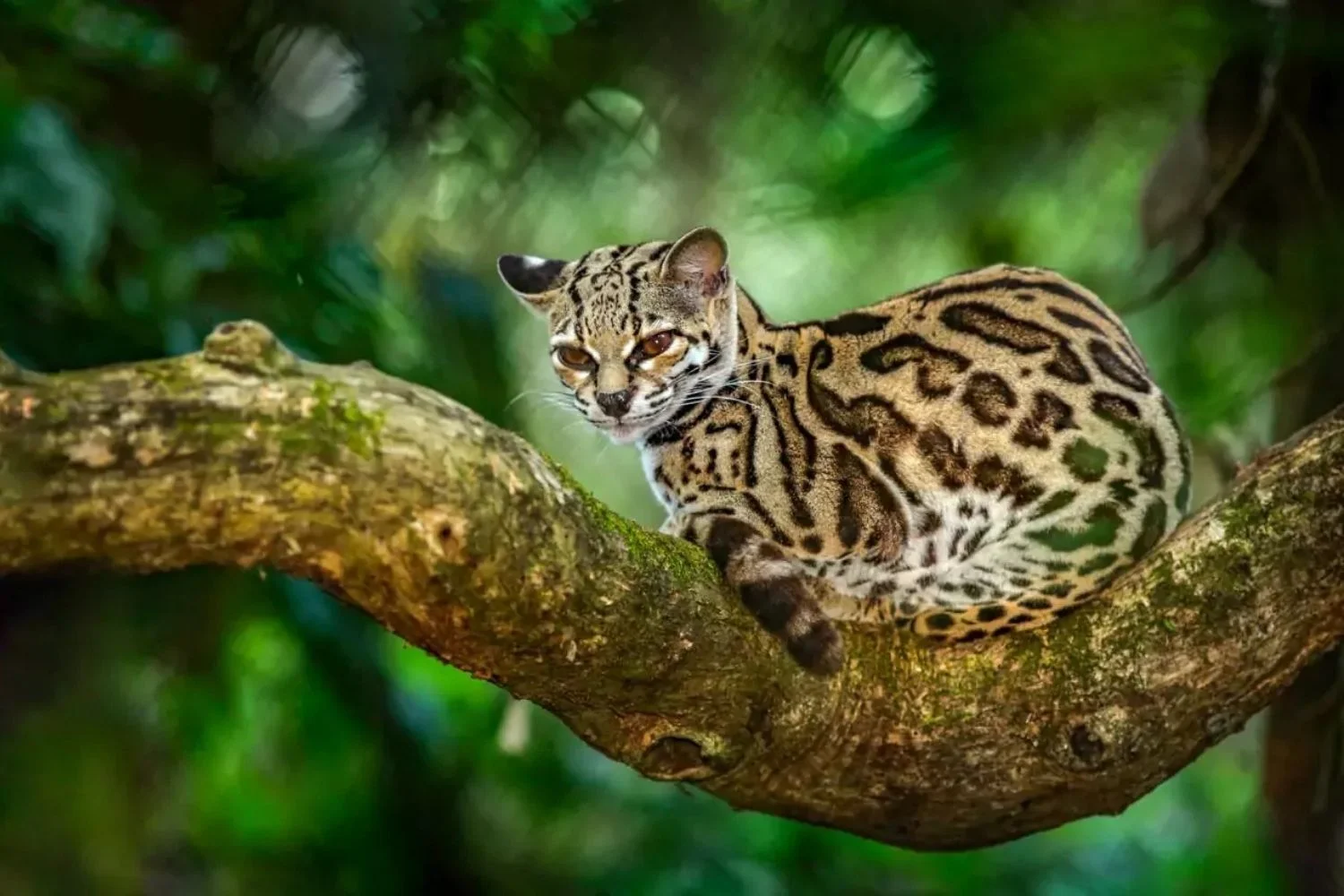
Getting There
Most mainland parks can be accessed by road from Belize City, Belmopan, or San Ignacio. Private transfers, charter flights, and guided tours can be arranged by LANDED to ensure efficient access and expert guidance.
Start your journey today
LANDED delivers the finest in custom, private travel to Central America, South America, and Antarctica. These regions are our passion; we know them first-hand and by heart. Speak with one of our travel designers and let us create a tailored itinerary for you in Belize’s National Parks.
How to combine Belize's National Parks
Have some extra time? Here are some options for you to combine with.

